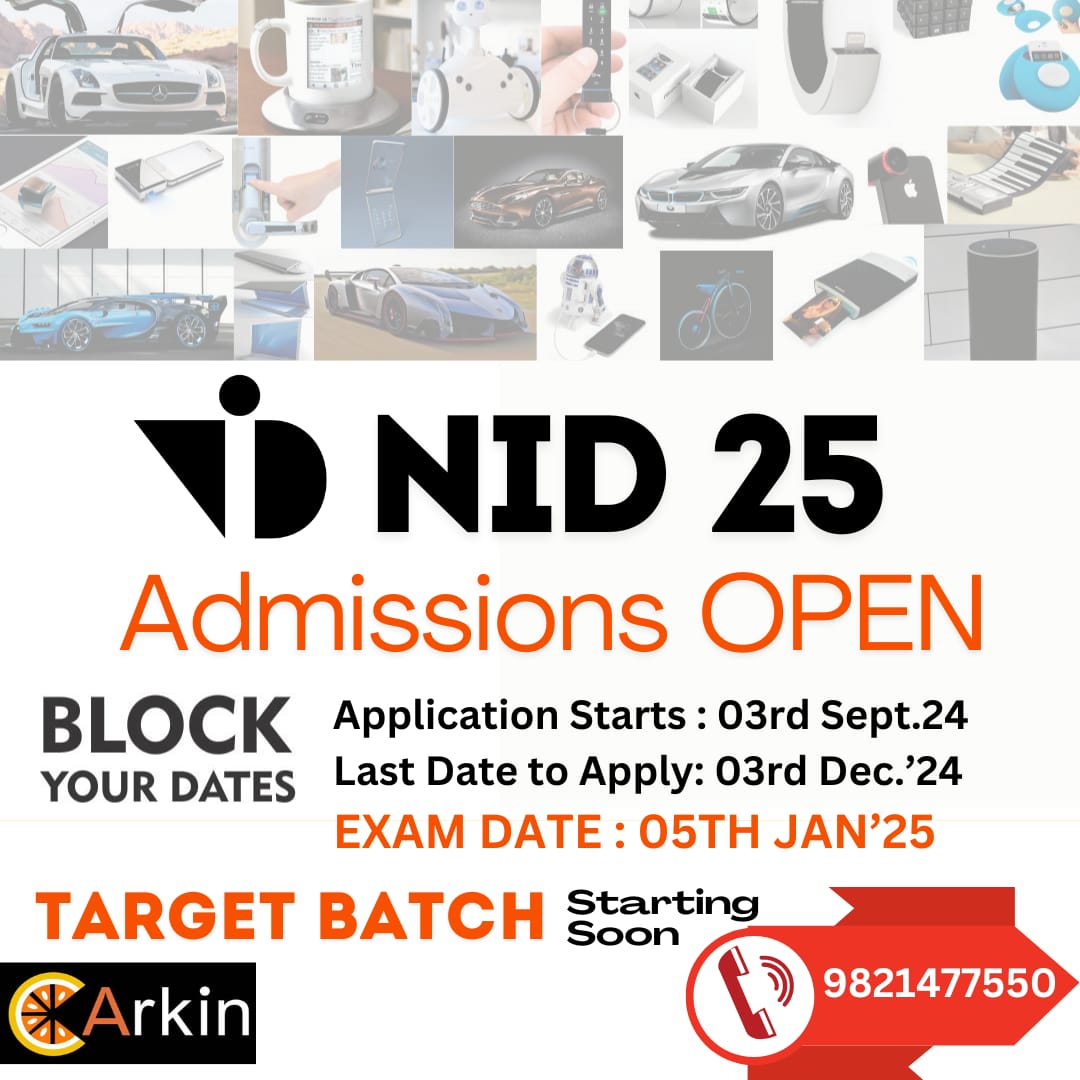Tap into the World of High-Paying UI/UX Design! #CareerGoals
Arkin2024-11-06T16:26:46+05:30Mobile app developers choosing icons for interface
In today’s digital-first world, UI/UX design has emerged as one of the most in-demand and lucrative career paths in the design industry, especially for those passionate about creating seamless digital experiences. A UI/UX designer crafts user-friendly interfaces that make technology accessible and enjoyable, with their work impacting everything from mobile apps to websites and software applications. This role is crucial in corporate firms, where a designer collaborates with developers, product managers, and marketers to ensure that products meet both functional and aesthetic standards, ultimately boosting user engagement and satisfaction.

The pay packages for UI/UX designers are highly attractive, with entry-level roles in India starting around INR 5-7 LPA, while experienced professionals can earn upwards of INR 20-30 LPA. Globally, UI/UX designers enjoy an even higher earning potential, with salaries ranging from $70,000 to over $120,000 annually, depending on experience and location. Alongside generous salaries, UI/UX designers often receive perks like flexible work hours, remote opportunities, and ongoing skill development programs.

For students completing their XII boards, pursuing UI/UX design can be a gateway to a rewarding and fulfilling career that combines creativity, technology, and innovation—an ideal path for those looking to make a mark in today’s evolving digital landscape.
Ready to kickstart your career in UI/UX design? Connect with Arkin Institute to learn more about this dynamic field! We’ll guide you through the best courses, top design colleges, and prepare you for entrance exams like NID, UCEED, and more. Start your journey toward a successful design career today—reach out to Arkin @ 9821477550 and unlock your creative potential!




